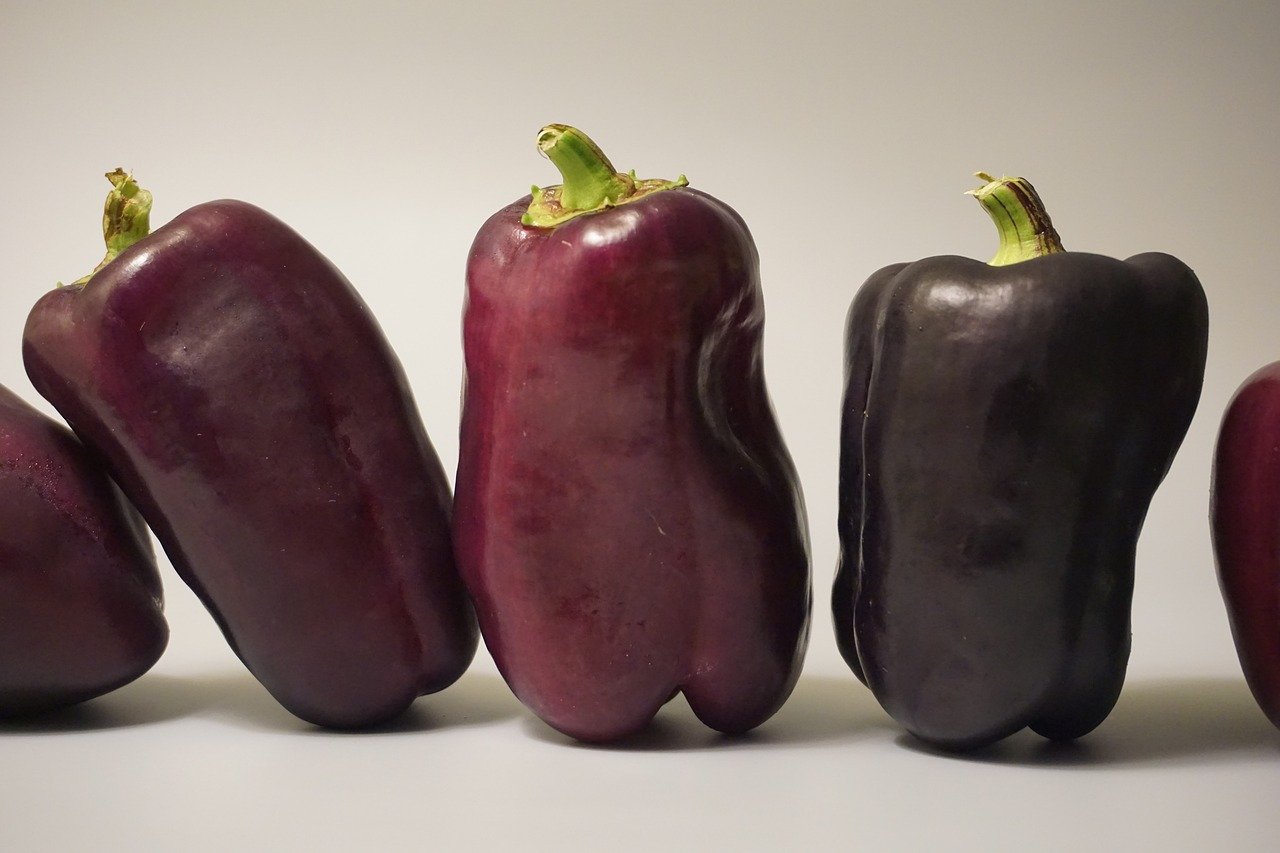“`html
The Paleo diet, often referred to as the “caveman diet,” has gained significant popularity over the past decade. With its emphasis on eating whole, unprocessed foods that our ancestors would have consumed, it promises a return to a simpler, more natural way of eating. As many individuals search for ways to enhance their health, lose weight, or simply feel better, the Paleo diet stands as one of the most influential dietary trends today. This blog post delves into the key components, benefits, challenges, and practical applications of the Paleo diet, providing you with all the essential knowledge to decide if it’s the right choice for you.
What is the Paleo Diet?
The Paleo diet is based on the premise that humans are best suited to eat a diet that mimics that of our hunter-gatherer ancestors. This diet is rich in high-quality, nutrient-dense foods while excluding processed foods, refined sugars, dairy, and grains.
Key Principles of the Paleo Diet
- Whole foods: Focus on natural foods without additives.
- Meat and seafood: Emphasis on grass-fed meats, wild-caught fish, and organic poultry.
- Fruits and vegetables: Incorporate a variety of colorful fruits and vegetables.
- Nuts and seeds: A source of healthy fats and proteins.
- Avoid processed foods: Eliminate foods containing preservatives, artificial flavors, and added sugars.
Benefits of the Paleo Diet
Adopting the Paleo diet can bring numerous benefits, both physical and mental. Here are some key advantages:
Weight Management
- The diet is naturally lower in calories, which can aid in weight loss.
- Promotes fat-burning by prioritizing protein and healthy fats.
Improved Nutrient Intake
- Increased consumption of vitamins, minerals, and antioxidants.
- Focus on nutrient-dense foods can enhance overall well-being.
Better Blood Sugar Control
- Reduced processed sugar intake can stabilize blood glucose levels.
- Higher protein and fiber intake helps regulate appetite.
Common Challenges and Misconceptions
Despite its benefits, transitioning to a Paleo diet can present several challenges that may deter individuals from fully embracing it.
Nutritional Deficiencies
- The exclusion of certain food groups can lead to deficiencies in calcium and vitamin D.
- It’s essential to plan meals carefully to ensure proper nutrition.
Cost Considerations
- Purchasing organic and grass-fed products can be more expensive.
- Budget-friendly strategies may include purchasing in bulk or choosing seasonal produce.
Practical Tips for Adopting the Paleo Diet
Transitioning to a Paleo lifestyle doesn’t have to be overwhelming. Here are some actionable tips to ease the process:
Meal Planning
- Prepare a weekly menu to avoid impulse decisions.
- Batch cook proteins and vegetables to save time during the week.
Exploring New Recipes
- Integrate innovative Paleo recipes that showcase whole foods (e.g., cauliflower rice, zucchini noodles).
- Experiment with herbs and spices to enhance flavors without added sugars.
Examples of Paleo-Friendly Foods
Here’s a handy list of foods that fit within the Paleo framework:
- Proteins: Grass-fed beef, free-range chicken, wild salmon.
- Fruits: Berries, apples, bananas, oranges.
- Vegetables: Leafy greens, broccoli, sweet potatoes.
- Nuts and seeds: Almonds, walnuts, chia seeds.
Conclusion
The Paleo diet offers a return to nutritional roots, promoting unprocessed foods akin to those eaten by our ancestors. With numerous benefits—including weight management, improved nutrient intake, and better blood sugar control—this dietary approach can be both beneficial and rewarding. However, it’s important to recognize and address potential challenges, such as nutritional deficiencies and cost, to fully reap the rewards of the Paleo lifestyle. By utilizing practical tips for meal planning and exploring a variety of recipes, you can seamlessly integrate the Paleo diet into your everyday life. Whether you’re looking to improve your health or simply want to try something new, the Paleo diet is worth considering.
“`



